PNWSGM
TPF Noob!
- Joined
- Apr 27, 2012
- Messages
- 117
- Reaction score
- 13
- Location
- Seattle, WA
- Can others edit my Photos
- Photos OK to edit
Alright, so my buddy has always talked about this and he refers to basically cutting sections of each photo (multiple exposures with lights in different area, exposing different parts of subject to avoid hot spots, etc) and pasting them together basically. He never cares to go into detail so I figured I might as well as here.
This is my friend's image showing what I am trying to accomplish: Alki At night. Seattle WA | Flickr - Photo Sharing!
Hopefully posting the image that way is ok! If not, my bad!
Thanks for any help in advance!
This is my friend's image showing what I am trying to accomplish: Alki At night. Seattle WA | Flickr - Photo Sharing!
Hopefully posting the image that way is ok! If not, my bad!
Thanks for any help in advance!



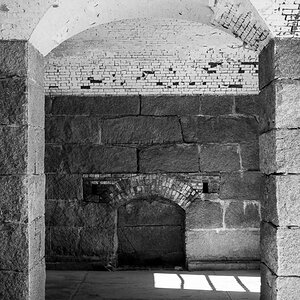
![[No title]](/data/xfmg/thumbnail/37/37605-90c8efaef5b7d1f52d4bf8e7dfd33673.jpg?1619738148)
![[No title]](/data/xfmg/thumbnail/37/37615-78a9bdab877c191919a156f901325ee1.jpg?1619738151)
![[No title]](/data/xfmg/thumbnail/42/42062-136a63ad7d0bd740e99ca1fc477f214c.jpg?1619739997)
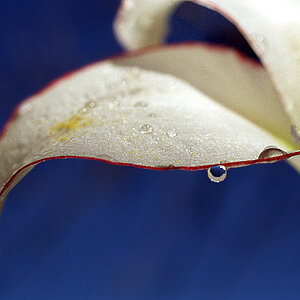
![[No title]](/data/xfmg/thumbnail/37/37602-1ef8dbb1c2d0e4ff347ee65d328c3603.jpg?1619738147)
![[No title]](/data/xfmg/thumbnail/36/36658-525087f40e1bdbfe8b995ce4296ef4a6.jpg?1619737675)
![[No title]](/data/xfmg/thumbnail/41/41492-467958db3420bceb7ab410a12dcc681f.jpg?1619739819)
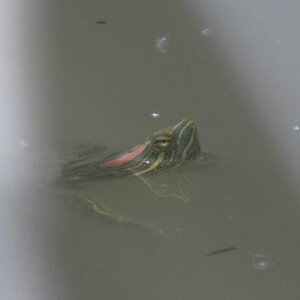
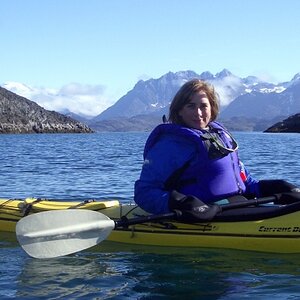
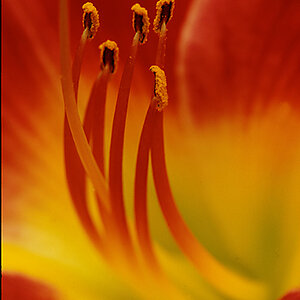
![[No title]](/data/xfmg/thumbnail/41/41490-6af71315284539e04ae1878cda0d613f.jpg?1619739818)